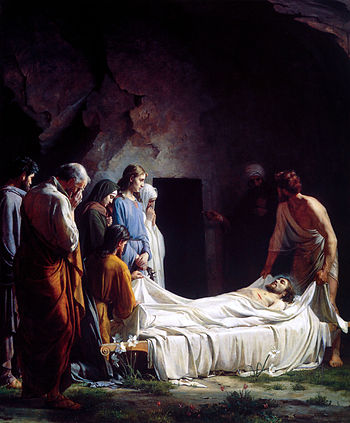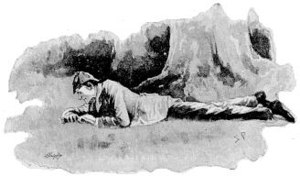[This post has been waiting in draft status since 19 February 2015. This year I’m going to try to finish up some of the series we’ve left dangling on Vridar. –taw]
A considerable number of New Testament scholars have recently jumped on the memory bandwagon (see, e.g., Memory, Tradition, and Text, ed. Alan Kirk). Characteristics of this movement include an appeal to social memory and cultural memory as a way to explain ancient literary documents, combined with an often strident rejection of the criteria of authenticity used by many Historical Jesus scholars.
Neil and I generally agree that the criteria approach is useless for uncovering the “real” Jesus. However, besides debunking the criteria on the justifiable grounds that they are circular and do not work, the Memory Mavens also attempt to delegitimize them by tarring them as the misbegotten progeny of the form critics (see Jesus, Criteria, and the Demise of Authenticity). To put it more crudely, they view them as Bultmann’s Bastards.
In this post we’ll demonstrate how the criteria of authenticity actually grew out of the existing criteria of antiquity — i.e., the arguments that source critics employed to address the Synoptic Problem. Further, we’ll note that early historical Jesus scholars used nearly identical criteria in an attempt to prove the authenticity of some parts of the written gospels. We’ll show how the form critics adopted those criteria to try to identify material that came directly from Jesus by way of oral tradition. And we’ll see once again that this new crop of NT scholars is curiously unaware of their own heritage.

What’s in a name?
Recently, while out on my daily walks, I’ve been listening to Bart Ehrman’s course, How Jesus Became God, from The Great Courses (don’t pay full price; use Audible.com), and something he said struck me. While discussing the legendary Joseph of Arimathea, he noted that the apparently older tradition found in Acts 13:29 has a group of unnamed Jewish leaders take Jesus down from the cross an bury him in a tomb.
What appears to be happening here is a phenomenon that occurs throughout the gospel tradition. As people tell stories about things that happened, they start providing names for the nameless. This can be traced throughout our long Christian tradition. There are a number of people in the gospel stories who are left nameless.
So, who were the three wise men that came to Jesus, if there were three of them? Later traditions named three people. Who were the two robbers killed with Jesus? Later traditions named the two robbers.
When people are nameless, later in the traditions people add names to them. The earlier form of Jesus’ burial was the unnamed they — the members of the Jewish Sanhedrin — but as the tradition developed later, the nameless got named. That would suggest that the Joseph of Arimathea story is a later tradition. (“Lecture 9: Jesus’ Death—What Historians Can’t Know,” bold emphasis mine)
This line of thinking reminded me of the discussions surrounding the Synoptic Problem and the methodology for determining which gospel predates the others. In one sense, Ehrman is right: For any story or parable in the New Testament with anonymous characters, Christian tradition (especially post-canonical) will eventually provide names. Besides the names of the “Three” Wise Men and the robbers at Golgotha, Christians eventually supplied names to a host of unnamed people, such as the shepherds in Luke’s Nativity, the Samaritan woman at the well, and the rich man in the parable of Lazarus.
Of course, you’re probably already thinking to yourself, “What about Jairus and Simon of Cyrene?” You’d be right to ask. These names appear in Mark’s gospel, but they’re missing from Matthew. Does that mean Matthew predates Mark? Ehrman clearly thinks not, because he invariably calls Mark “our earliest gospel.” So what’s going on here?


